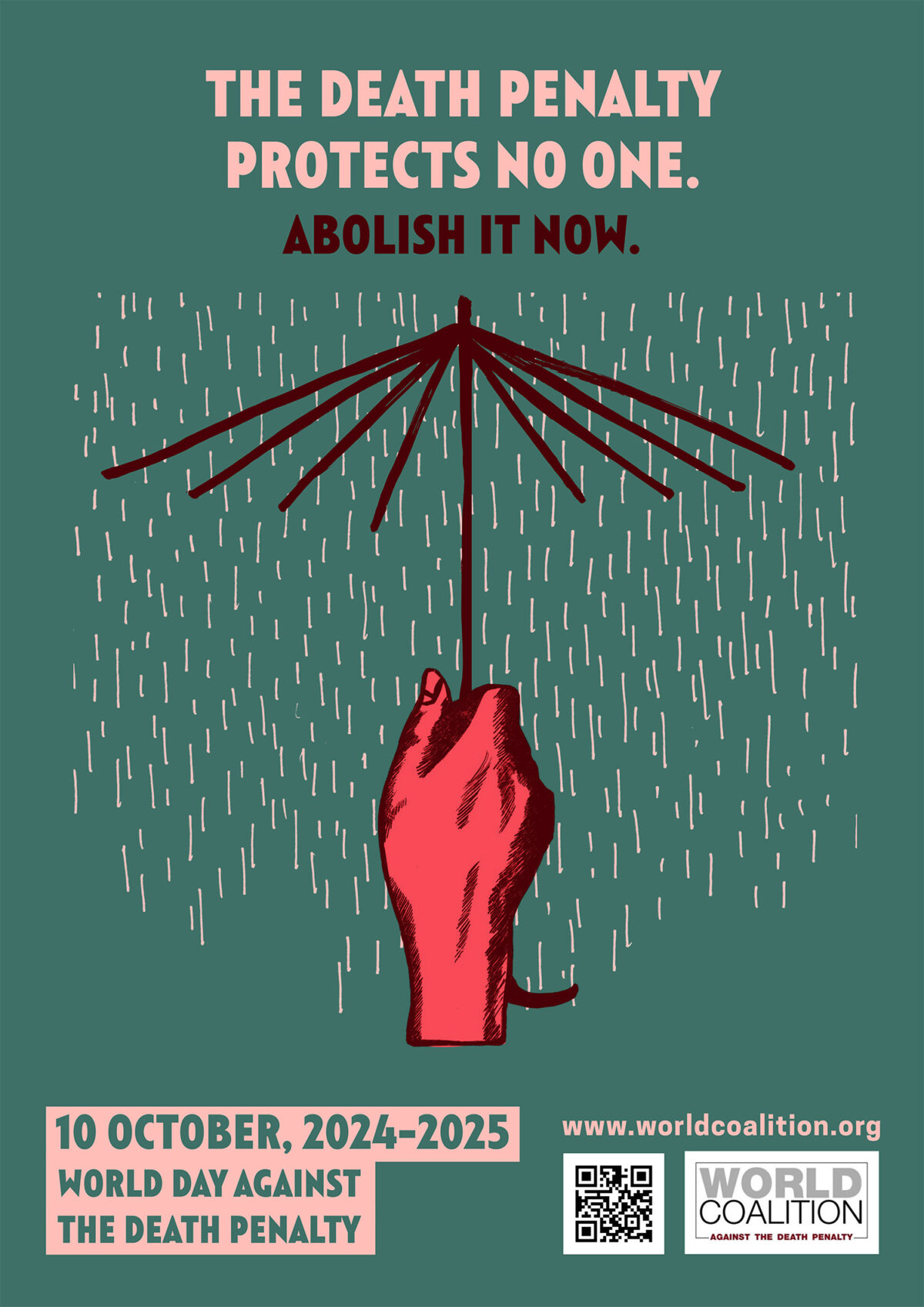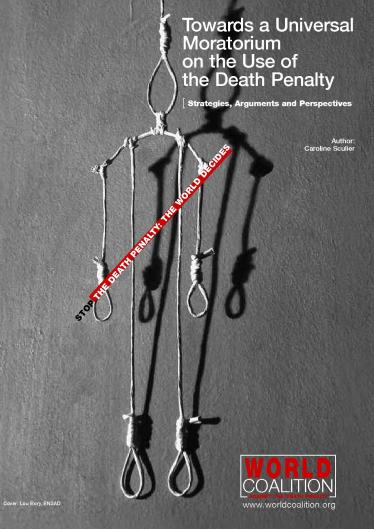
Marc Bossuyt: “Countries that have not signed up to the Protocol should feel isolated”
Protocol
Could you explain what this Protocol is about in a few words?
Marc Bossuyt: Quite simply, it says that the State parties undertake not to pass the death penalty or to execute it. The first paragraph of Article 1 is directed at the State parties as they must take all the necessary steps to abolish the death penalty in their legislation. The second paragraph grants individuals the right not to be executed.
When did the international community first start to see the death penalty as a human rights issue?
M. B.: This issue was actually first examined in the 1950s when the International Covenant on Civil and Political Rights, adopted in 1966, was being prepared. The creators of this Covenant did not go so far as abolishing the death penalty, but in paragraph 2 of Article 6 they made application of this punishment subject to serious non-retroactive legal and procedural conditions in conformity with the provisions of the Covenant and the Convention on Genocide.
Further, they encouraged States not to perform the death penalty (in paragraph 4), they excluded those under 18 and pregnant women from this punishment (in paragraph 5) and they recommended that it be abolished by stipulating (in paragraph 6) that none of the provisions in paragraph 6 may be invoked to delay or prevent abolition of capital punishment.
Similarly, the Human Rights Committee noted in its general observations with regard to Article 6, adopted on 27 July 1982, that abolition is referred to in terms which unambiguously suggest that abolition is desirable. The Committee concluded that “all steps taken to abolish the death penalty must be viewed as progress towards the enjoyment of the right to life”.
Did you encounter problems during the negotiations?
M. B.: Some States contested the usefulness of this Protocol because they considered that all States could abolish the death penalty without becoming party to such a Protocol, which is indeed true.
This text has two main aims: from a political point of view, it is a rallying point for all those who are against the death penalty, enabling them to campaign for abolition, making the objective clearer and specifying how it can be achieved. Legally speaking, the State parties undertake both not to apply capital punishment and not to restore it.
The definitive nature of abolition posed some problems, particularly in France where the Constitution needed to be revised following a decision made by the Constitutional Council on 13 October 2005.
Which States led adoption of the Covenant?
M. B.: The Federal Republic of Germany played a leading role because it took the initiative, along with other nations from Europe and Latin America, to move towards abolition very early on.
The context was very interesting because the text was adopted in December 1989 when all the changes in Eastern Europe had just begun. The Soviet Union and its allies had supported capital punishment so this issue was used to demonstrate changes within the framework of the perestroika.
When the General Assembly voted, an intensive campaign by the Federal Republic of Germany was required because many States which could have opposed the Protocol or supported a request to delay the vote abstained. In a way there were a number of coincidental changes: ten years earlier it would have been very difficult because the Communist countries would not have supported the project; a few years later the Americans might have campaigned more intensively to prevent its entry into force, including procedurally.
Of the 66 States which are party to the Second Optional Protocol today, only two (Azerbaijan and Greece) issued reservations which are still in force. What is the role of these reservations?
M. B.: There are indeed very few reservations. Originally, they had two objectives. On the one hand, at the time when the Protocol was being prepared, capital punishment had still not been excluded at European level during times of war for military crimes. It therefore appeared difficult, even idealistic, to propose a universal instrument which went further than the conventional state of affairs in Europe at that time.
On the other hand, the reservations were there to provide some flexibility with regard to what was imposed to reject any absolutism and make it easier to sign up to the Protocol.
Today, hardly any States use these reservations and I would be tempted to say that this is a welcome development – it proves that, in the end, the disadvantages of accepting the possibility of making such reservations are very tenuous.
In your opinion, is universal abolition of the death penalty possible? And if so, how can the States which retain the death penalty be convinced?
M. B.: It is a progressive process. We must ensure that those who have not signed up to the Second Protocol feel increasingly isolated so that States which support human rights are ill at ease about not ratifying it. Perhaps we should set our sights on the United States, the only large Western country which has still not signed up to the Protocol.
When the Protocol was adopted in 1989, most States still retained the death penalty and now, almost 20 years later, we have progressively reached a situation where a large majority have abolished it. Great progress has therefore been made and that is surely to be welcomed.



